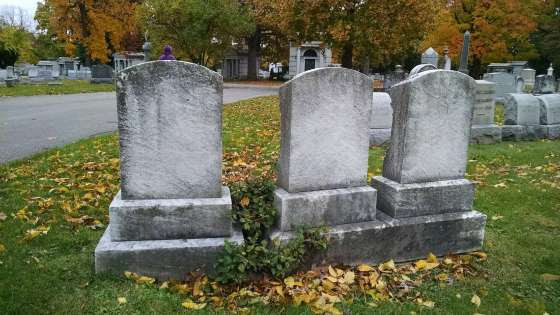
Mt. Hope Cemetery. Most recent grave in the Spanish-American-War site. 1984, Catherine S Frenchman, aged 101 from On Spanish-American War monuments in Rochester.
Over the life of the magazine, Mt. Hope Cemetery has been a staple: for its history, its visual and architectural beauty, its poetic and spiritual inspiration and the site of a few adventures.
Yesterday, you read about the 7,000 people who trekked to Susan B. Anthony’s gravesite to pay an Election Day tribute. In one of many examples, preservationist James Caffrey taught us about Rochester’s famed poet Adelaide Crapsey and the unrequited love of famed architect Claude Bragdon.
Today, George Payne enriches our aesthetic, intellectual, religious and mystical understanding of America’s oldest Victorian cemetery.
Photos by George with links to Mt. Hope articles by George and others.
Mt. Hope’s Subconscious Side: Symbolizing Life and Death in America’s Oldest Victorian Cemetery by George Payne
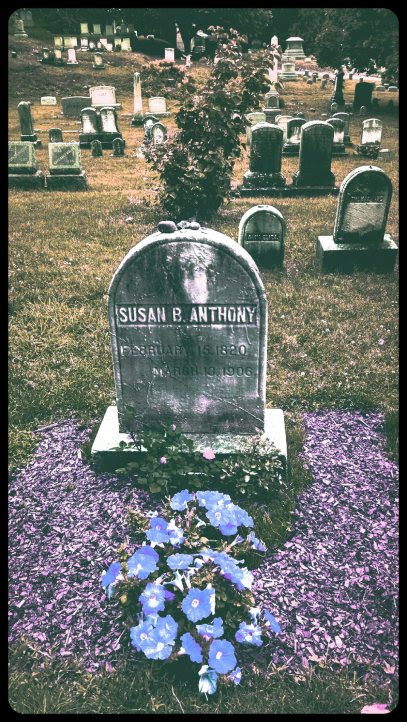
Mount Hope Cemetery, one of the most remarkable Victorian cemeteries in America, is a magnificent 196 acres of lofty hills and picturesque valleys created by glaciers and transformed into a beautiful historic cemetery. A diversified forest of trees forms an arboretum shading thousands of marble, bronze, and granite monuments. The cemetery is a veritable museum of funerary sculpture and mausoleums spanning more than a century and a half.
Cityofrochester.
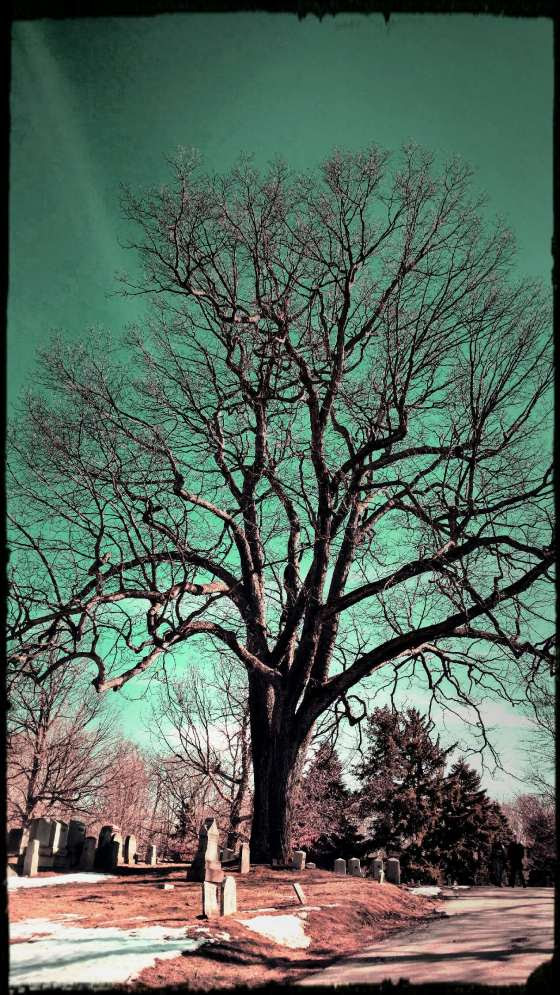
Our dead are never dead to us, until we have forgotten them. George Eliot
see Remembering General Elwell Otis on his Day, June 15th: Rochester’s imperial war hero
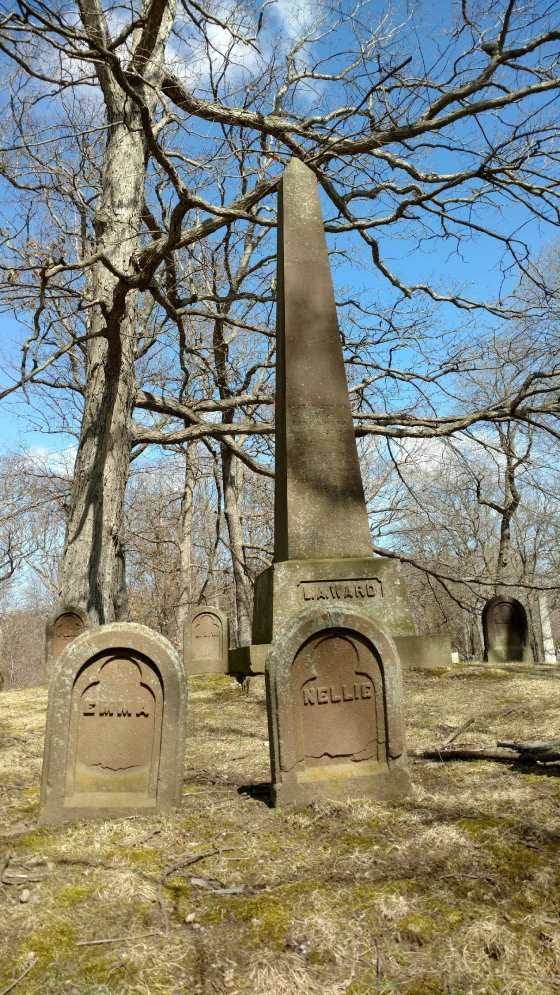
Obelisks symbolize God, creator, and lord of life
No one can confidently say that he will still be living tomorrow.
Euripedes
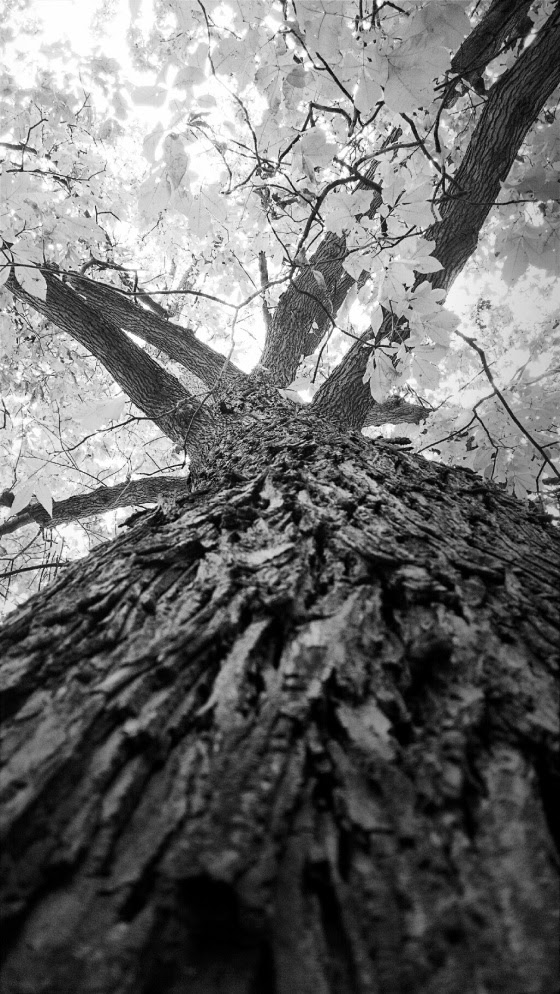
Tree trunks symbolize the cutoff of life
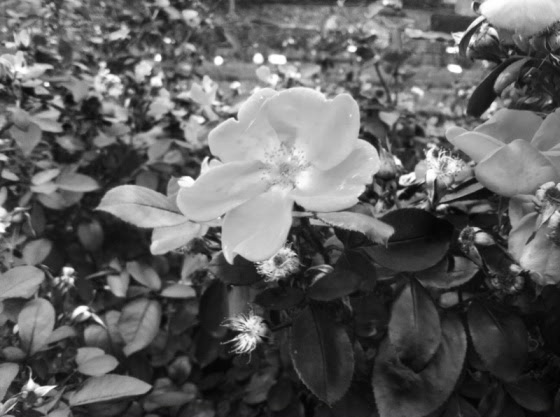
Roses symbolize unfailing love, beauty, and hope
ABOUT THE FRIENDS OF MOUNT HOPE CEMETERY
The Friends of Mount Hope Cemetery is a non-profit organization of volunteers founded in 1980 to restore, preserve, and encourage public use and enjoyment of this unique historical treasure. We have a wealth of resources available to help you learn about our community as reflected in the lives of those who chose Mount Hope Cemetery as their final resting place. Susan B. Anthony and her family, Frederick Douglass and family, Isaac and Amy Post, John Jacob Bausch and Henry Lomb (of Bausch and Lomb eyewear fame), Emily Sibley Watson, Margaret Woodbury Strong, and Reverend Thomas James are all here (to name a few), and they have much to tell us about the growing pains our nation continues to experience: issues of human rights, commerce, the power of government and the responsibility of the governed.
The Friends have been instrumental in completing a number of improvements throughout the cemetery. Projects such as the restoration of the 1872 Moorish gazebo, upgrades to the 1874 High Victorian Gothic gatehouse, repair of the Florentine fountain, and the restoration of the Charles Rau mausoleum have been completed. Each year new historically important projects are organized.
Friends of Mount Hope.org/AboutUs/
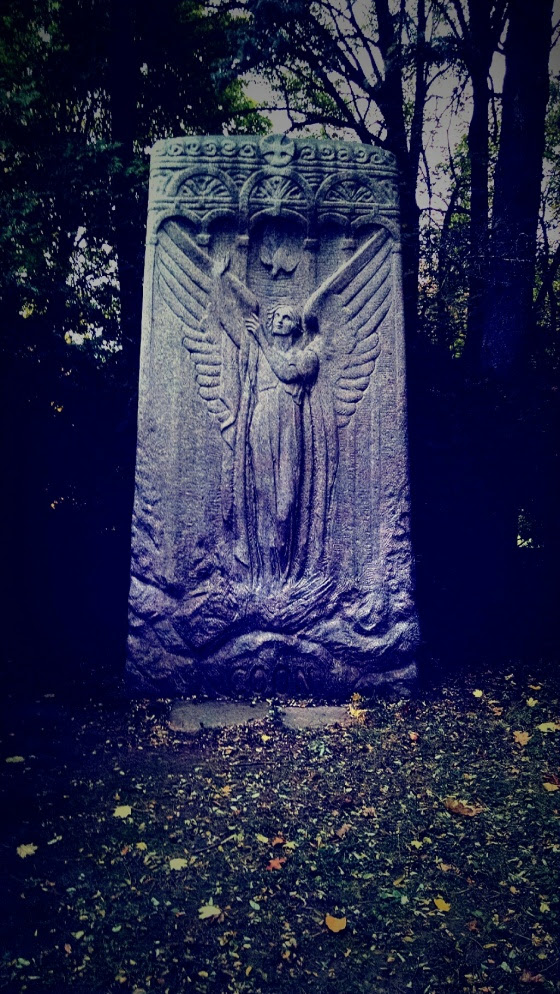
Hands symbolize leaving and going to heaven
Founded in 1838, it was the first cemetery of its kind in the U.S. — municipally owned and built in the style of a Victorian garden.
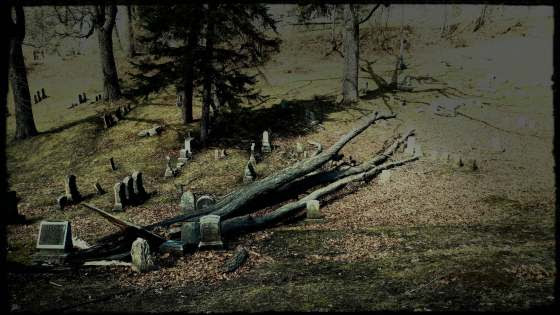
Broken columns symbolize end of life and sorrow
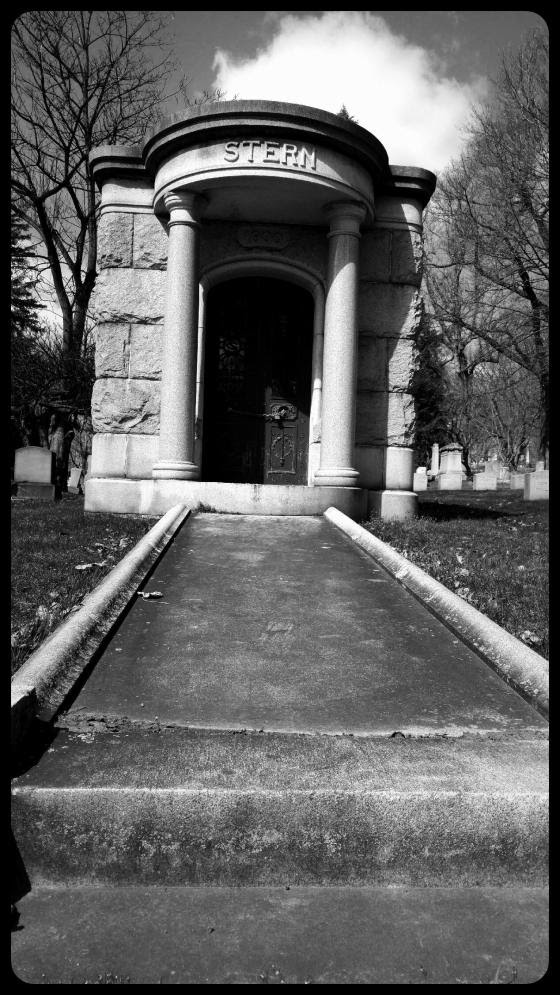
Wreaths symbolize memory and victory
It is not death that a man should fear, but he should fear never beginning to live.
Marcus Aurelius
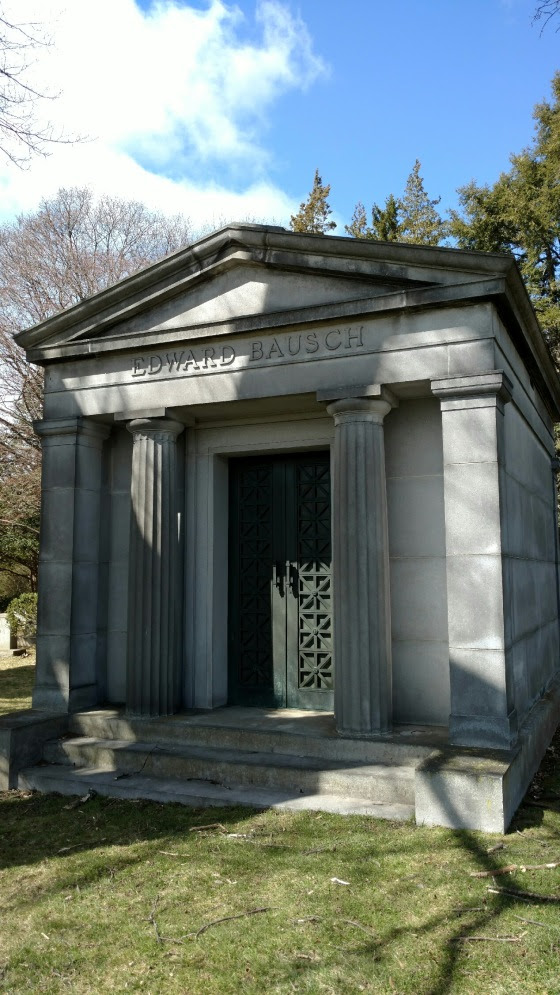
The cemetery features more than 80 mausoleums, soaring Egyptian obelisks, winged angels of mercy, a Florentine cast-iron fountain, two stone chapels in Gothic Revival style, a Moorish gazebo, and infinitely varied tombstones marking 350,000 graves across 196 acres.
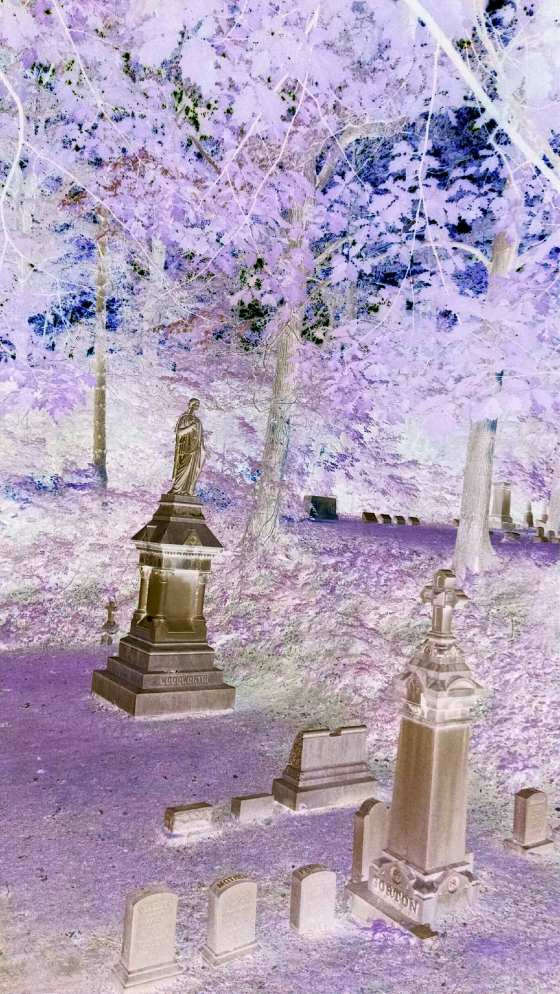
Angels symbolize messengers between God and man
Cynthia Howk, architectural research coordinator at the Landmark Society of Western New York, thinks that Mt. Hope has more than a good shot at earning a place on the national register, which is an official list of places deemed worthy of preservation.
“It has enormous cultural, social, architectural, artistic significance in all those categories,” Howk said. “Even if you’re not from Rochester and don’t necessarily have any family members there, it’s a place that really should be visited. It’s really quite beautiful and dramatic.”
It’s not that Mt. Hope has gone unacknowledged all these years.
The northern portion of the city-owned cemetery already is listed in the national register as part of the Mt. Hope/Highland Historic District. Established in 1974, the district also includes all of Highland Park, as well as the Ellwanger Estate and other historic homes along Mt. Hope Avenue.
But historians today might scratch their heads why the boundary lines were drawn as they were, Howk said, excluding roughly half the cemetery while looping in adjacent areas. Howk said she thinks it makes sense to now seek recognition for the entire cemetery as its own distinct site.
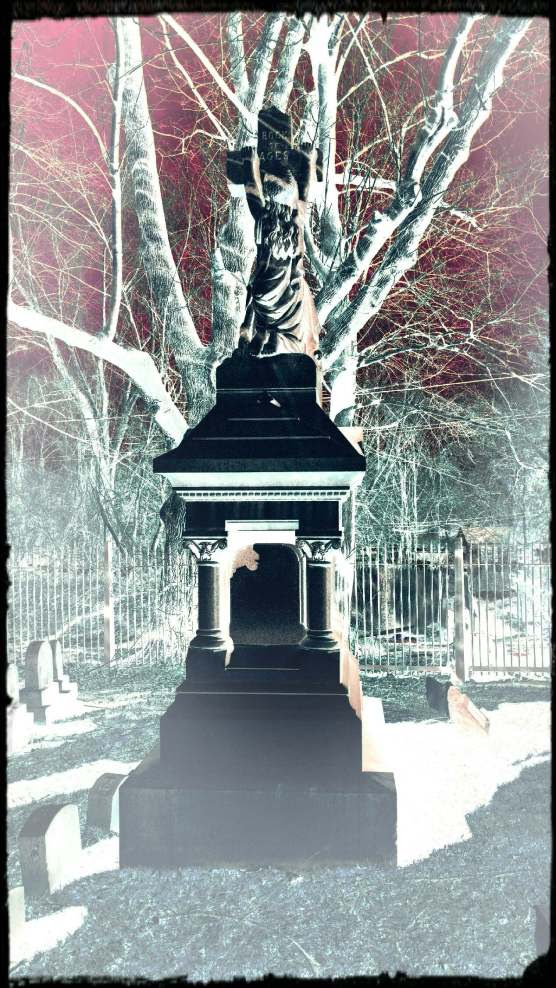
Drapery symbolizes sorrow and mourning
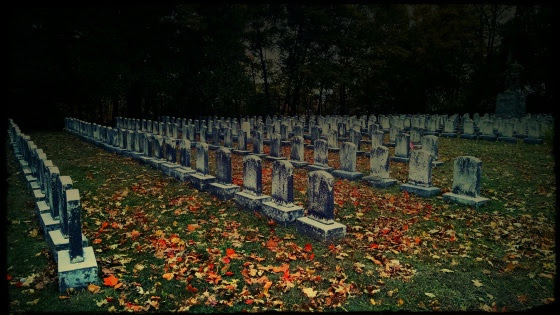
Roughly 350,000 Rochesterians call Mt. Hope their final resting place. see Rapids Cemetery: A National Landmark Sinking in Time
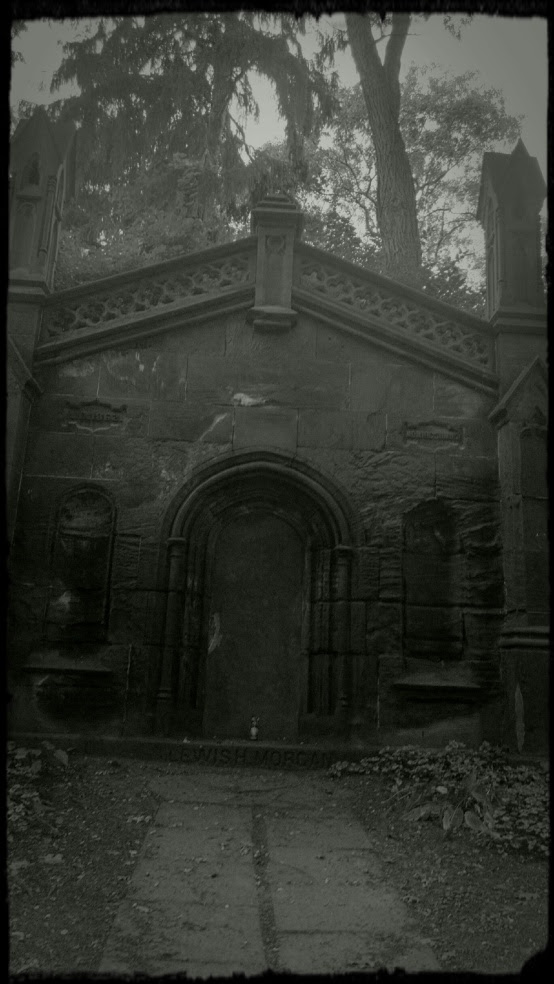
The timing of death, like the ending of a story, gives a changed meaning to what preceded it. Mary Catherine Bateson
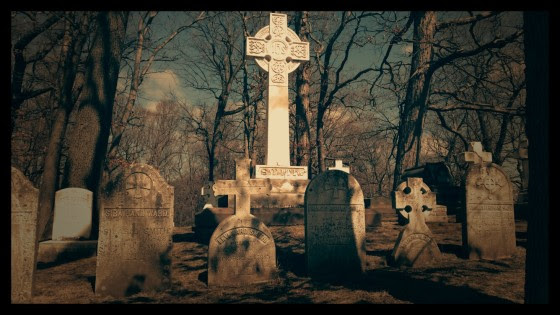
Architectural flourishes include grand obelisks and columns, statues and an 1875 Florentine fountain made of cast iron.
The Mt. Hope site was formed by glaciers that left behind rolling hills and gullies. Departing from tradition, its designers chose to leave the landscape as it was instead of trying to level it. At the time, it was the closest that the city had to a public park, and many residents picnicked there, Howk said.
“The city of Rochester was very much on the cutting edge,” she said.
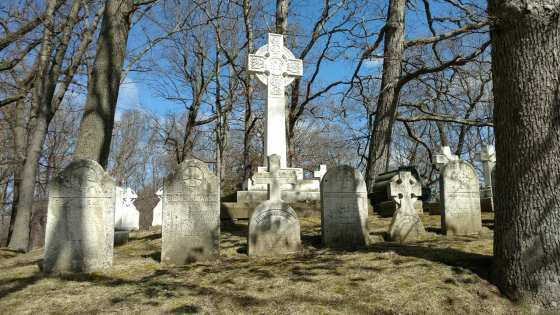
Crosses symbolize salvation
